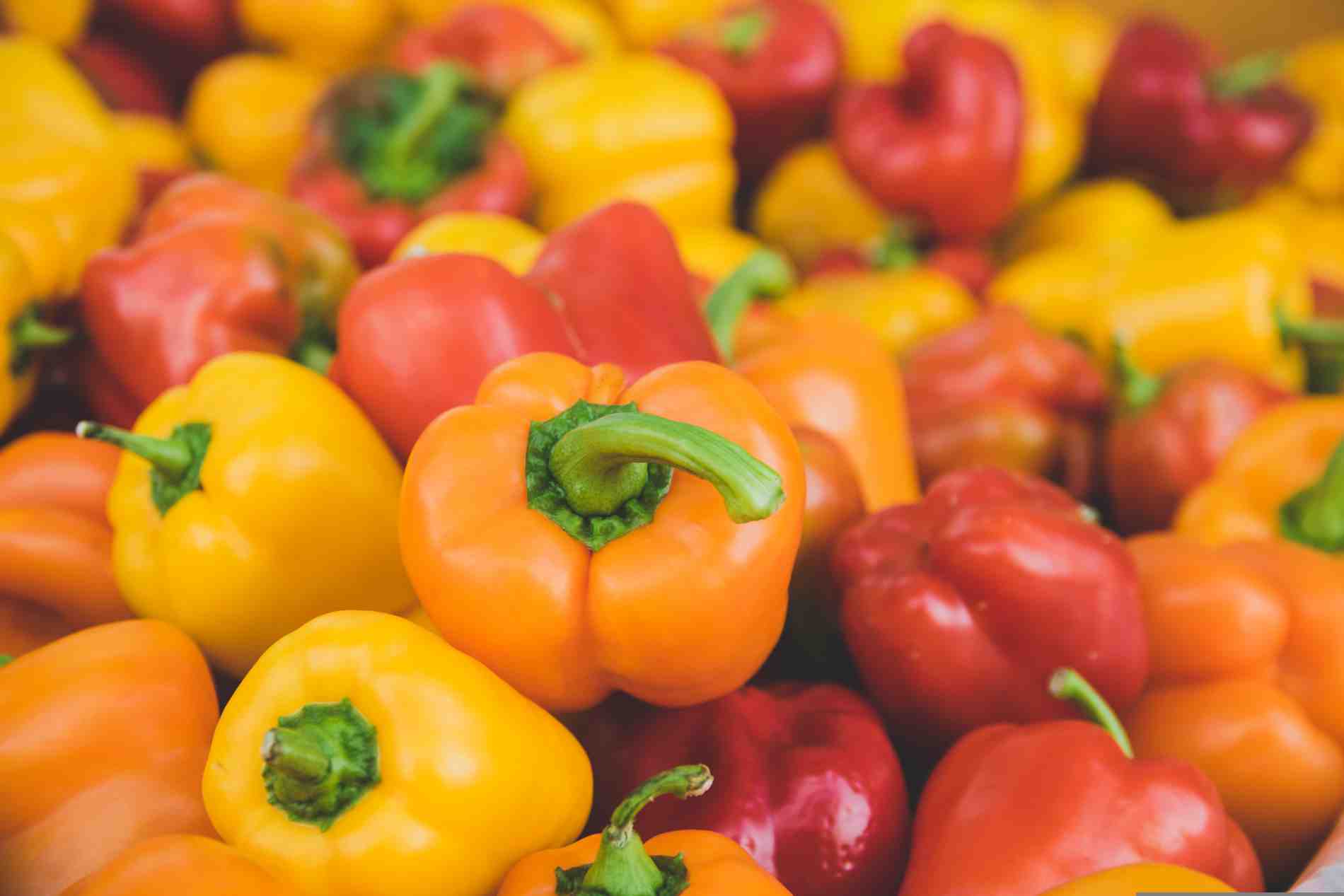Discovery and origin of galangal
Galangal, also known as Alpinia officinarum, is a plant that has been used in traditional medicine for centuries. Originating from Southeast Asia, galangal was already prized for its healing properties by Arab and Chinese doctors in the Middle Ages. The plant belongs to the ginger family and is closely related to ginger and turmeric. Marco Polo is said to have discovered it on his travels to China and brought it back to Europe, where it quickly became established as a valuable spice and remedy.
Dosage forms and dosage
Galangal can be taken in a variety of forms. It is most commonly used as a powder or dried root, but galangal tea, capsules and extracts are also available. The recommended dosage depends on the form:
- Powder: one teaspoon (approx. 2-4 grams) daily, stirred into water, juice or tea.
- Dried root: Pour hot water over one or two slices and make tea.
- Capsules: One capsule two to three times a day (as per package instructions).
- Extracts: Depending on the concentration, a few drops in water or tea.
Galangal: healing properties and diseases
It is used in naturopathy for a wide range of ailments. Some of the best-known uses are:
- Digestive problems: It aids digestion and can help with stomach problems, nausea and flatulence. Its essential oils stimulate the production of gastric acid and enzymes, which facilitates digestion.
- Inflammation: Due to its anti-inflammatory properties, it is often used for arthritis and other inflammatory conditions.
- Respiratory diseases: It has mucolytic and antimicrobial properties that relieve colds, bronchitis and asthma.
- Cardiovascular system: Studies have shown that it can promote blood flow and regulate blood pressure, which reduces the risk of cardiovascular disease.
- Pain relief: Its pain-relieving properties can help with headaches, menstrual cramps and muscle pain.
Effect on the body
Galangal has many positive effects on the body. Its active ingredients, including flavonoids and essential oils, contribute to its health-promoting effects. These substances have antioxidant, anti-inflammatory and antimicrobial properties. It promotes blood circulation, stimulates digestion and strengthens the immune system. It also has antispasmodic and sedative properties, making it a versatile remedy in naturopathy.
Recommended intake and contraindications
Galangal should preferably be taken after a meal in order to make the most of its digestive properties. It can also be taken as a tea or inhalation for colds and breathing difficulties. It is advisable to discuss taking it with a doctor or alternative practitioner, especially if you are already taking medication.
Certain people should avoid galangal:
- Pregnant and breastfeeding women: safety during pregnancy and breastfeeding has not been adequately studied.
- Children under 12 years of age: The effect and safety in children have not been sufficiently investigated.
- Allergy sufferers: People who are allergic to ginger or turmeric should also be careful with galangal.
Food supplements and medicinal plants
Galangal can be combined with other medicinal plants and food supplements to enhance its effect:
- Ginger: Supports the digestive and anti-inflammatory properties.
- Turmeric: Enhances the antioxidant and anti-inflammatory effect.
- Garlic: Promotes cardiovascular health and has antimicrobial properties.
- Echinacea: strengthens the immune system and helps with colds.
Foods with a high galangal content
It is rarely used directly in food, but may be found in curry pastes, soups and Asian dishes. Fresh galangal roots are available in well-stocked Asian supermarkets and, like ginger, can be used in a variety of dishes.
Galangal: Possible side effects
Although it is generally well tolerated, side effects may occur with excessive use. These include:
- Stomach irritation: In high doses, it can irritate the stomach lining and cause heartburn.
- Allergic reactions: People with allergies may experience skin rashes, itching or breathing difficulties.
- Blood pressure reduction: excessive consumption can cause a severe drop in blood pressure.
Overdose and its consequences
An overdose of galangal can cause serious health problems. Symptoms of an overdose include severe diarrhea, vomiting, dizziness and severe stomach cramps. In such cases, it is important to seek medical attention immediately and stop taking the product.
Natural remedies with galangal
In traditional Chinese medicine (TCM) and Ayurvedic medicine, it is often used as a natural remedy. In TCM, it is classified as a warming herb that is used for coldness and digestive disorders. In Ayurvedic medicine, it is considered to strengthen the digestive fire (Agni) and to support the balance of the doshas.
Conclusion
Galangal is a versatile and effective natural remedy with a long history in traditional medicine. Its many uses range from aiding digestion to treating inflammation and relieving respiratory complaints. Although generally safe, certain groups of people should exercise caution and be aware of possible side effects. When combined with other medicinal plants, galangal can develop its full therapeutic effect and contribute to natural health support.




